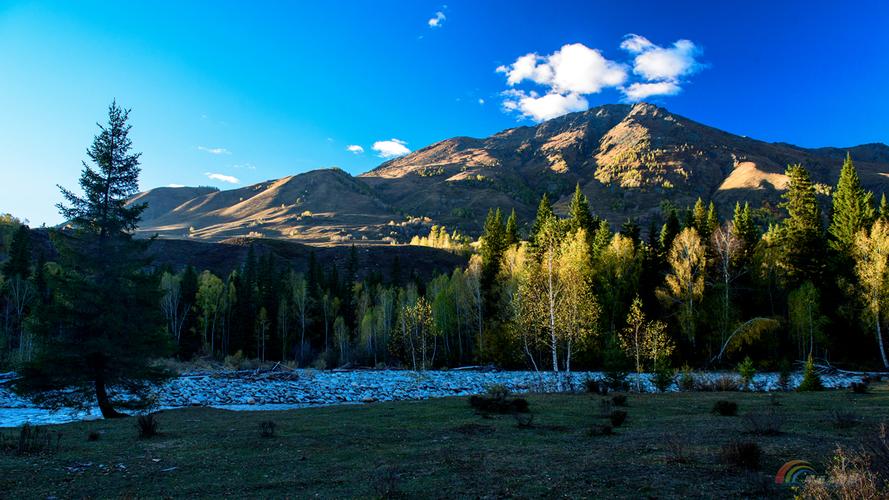Amazing Animal Adaptations for Survival in the Wild
Animals are fascinating creatures that have evolved over millions of years to survive in some of the harshest environments on Earth. From the depths of the ocean to the highest mountaintops, animals have adapted to survive and thrive in their habitats. In this post, we will explore some of the amazing animal adaptations that have evolved for survival in the wild.
1. Camouflage
Camouflage is one of the most common adaptations in the animal kingdom. Many animals use camouflage to blend in with their surroundings, making them harder to spot by predators or prey. One excellent example of this is the chameleon, which can change its skin color to match its surroundings, creating the ultimate camouflage.
2. Mimicry
Mimicry is another adaptation used by animals to fool predators or prey. Some animals mimic other animals or objects to be perceived as dangerous or unappetizing. For instance, the harmless scarlet king snake mimics the venomous coral snake, while the hoverfly mimics the bee to avoid being eaten.
3. Speed
Speed is an essential adaptation for animals in the wild. Many animals can outrun predators or catch prey by being swift and agile. The cheetah, for example, can sprint up to 70 miles per hour, making it the fastest land animal on the planet.
4. Strength
Strength can also be a critical adaptation for animals in the wild. For instance, the rhinoceros has thick skin and massive horns, making it virtually invulnerable from most predators. In contrast, the musk oxen’s strength is a collective effort; they form tight circles around their young to defend them from predators.
5. Hibernation
Hibernation is another significant adaptation that helps animals survive in the wild. Many animals that live in cold climates hibernate during the winter months when food is scarce. During hibernation, animals lower their metabolic rate, allowing them to conserve energy until food becomes abundant again.
6. Poison Production
Some animals produce toxins to deter predators. Poison dart frogs, for instance, secrete toxins through their skin that can kill or immobilize predators.
7. Adaptation to Extreme Environments
Some animals live in the harshest environments on Earth, such as the Arctic tundra or the Sahara desert. These animals have adapted to survive in these extreme environments. For instance, the Arctic fox has thick fur and a layer of blubber to survive the cold, while the camel can store water in its hump, allowing it to survive in the water-sparse desert.
In conclusion, these are just a few of the many amazing animal adaptations that have evolved for survival in the wild. These adaptations showcase the incredible resourcefulness and intelligence of the animal kingdom, and they continue to inspire scientists and researchers in their quest to understand and protect our planet’s amazing biodiversity.
(Note: Do you have knowledge or insights to share? Unlock new opportunities and expand your reach by joining our authors team. Click Registration to join us and share your expertise with our readers.)
Speech tips:
Please note that any statements involving politics will not be approved.
